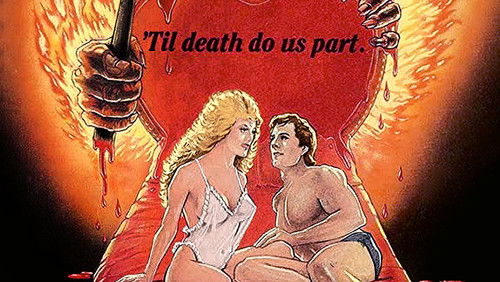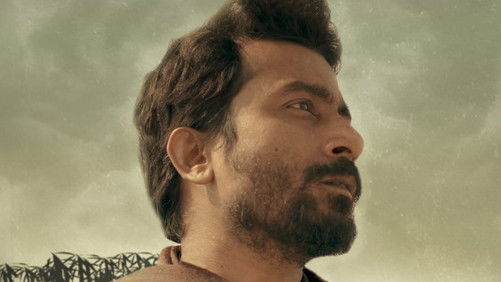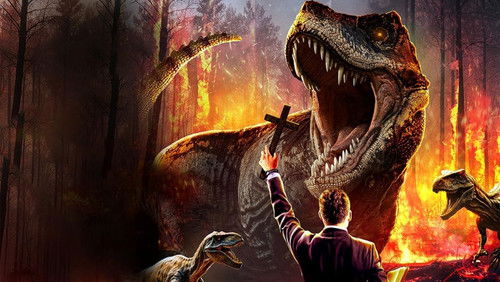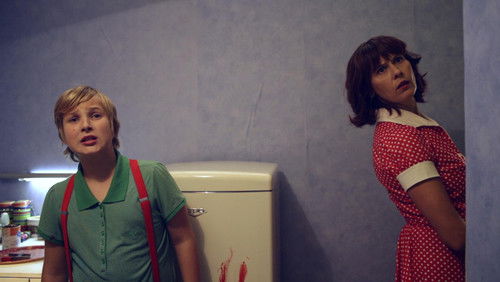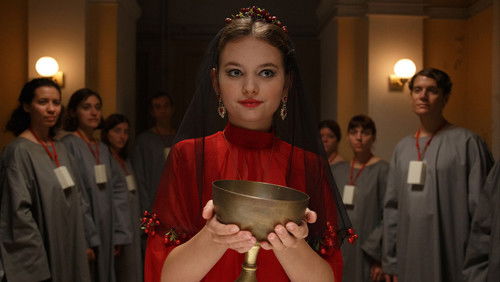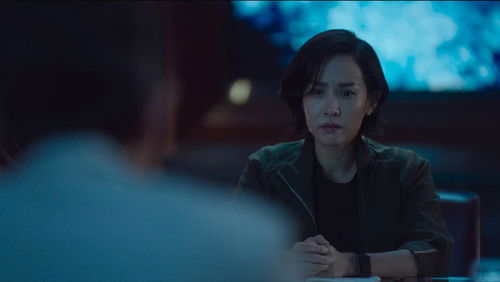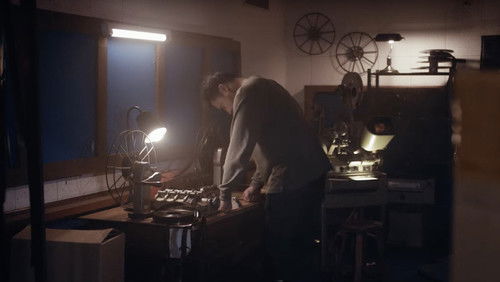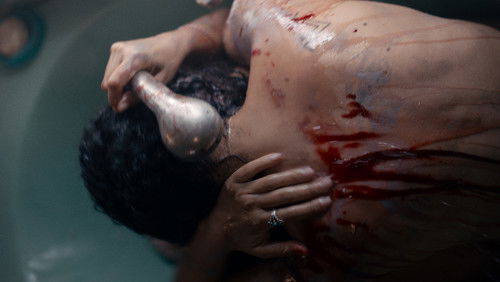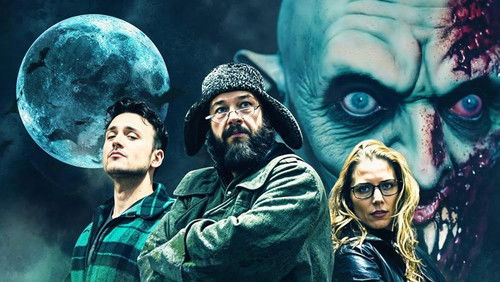Das Kabinett des Schreckens (1981)
41KDas Kabinett des Schreckens: Directed by Tobe Hooper. With Elizabeth Berridge, Shawn Carson, Jeanne Austin, Jack McDermott. Four teenagers visit a local carnival for a night of innocent amusement. They soon discover, however, that there is nothing innocent or amusing there at all.
“Along with every other horror fan out there, I have been puzzling about Tobe Hooper. Texas Chainsaw features highly in my list of favorite films. At least two of his other films are really worthwhile, one of them right here. But, it all quickly unraveled for him and by the time he had moved on to Cannon in the mid-80u0026#39;s, he was pretty much over as a filmmaker. I think the crux of the problem is that he was not Hollywood material. He seems to have been a shy and almost asocial presence on his own sets, a kind of droopy, charmless guy, bullied off The Dark by the crass Kinski, sidestepped in Poltergeist by the more agile Spielberg, which can be viewed in Europe as the kind of quality that signifies an artist, but the Hollywood environment requires someone to direct the crowded set and costly , complicated production, and that means energetic decision-makers of some persuasive wit and strong character. u003cbr/u003eu003cbr/u003eYou see, he did not come up through the Hollywood system at all. He was a documentary cameraman in the 60u0026#39;s and you can see that in his best work. He did Chainsaw in a close circle of friends, away from Hollywood fanfare. It just didnu0026#39;t seem like he could muster the ego for necessary friction to see that vision through (the drug problems were probably ways to cope with that). His own fault was that he couldnu0026#39;t find it in him to cut out on his own.u003cbr/u003eu003cbr/u003eAt any rate, I consider Hooper our loss. The guy had a genuine vision and that vision is prized by me, even snippets of it like we have here. u003cbr/u003eu003cbr/u003eHereu0026#39;s an easy riddle: the film is typical in the slasher vein about a group of teens stranded after-hours in a funhouse. Its singular call to fame now is that it was once part of that notorious list of Nasties. Now that list is dumb and arbitrary in a number of ways, but why this nearly bloodless film? Why not Friday the 13th?u003cbr/u003eu003cbr/u003eBut of course for the same reason that Texas Chainsaw got an R rating. The very fabric and walls of the thing are violence.u003cbr/u003eu003cbr/u003eOh, a lot of whatu0026#39;s inside including the storyline and bad guys is silly or simply mediocre, and mainly put together from bankable horror elements, from jump-scares to ruby-red color filters, which is after all the gist of a funhouse: the horror house is fun because you anticipate the elements and staging, and look forward to this being controlled around you. The opening that slyly takes us from a re-enactment of famous scenes in Halloween and Psycho through a Frankenstein poster on the wall to Bride of Frankenstein playing on TV, is Hooperu0026#39;s way of commenting on the redressing of spare parts heu0026#39;s going to use.u003cbr/u003eu003cbr/u003eThatu0026#39;s fun and really a lot of the film is, but not genuine vision. Hooperu0026#39;s vision is something more powerful than either Carpenter or Argento, both effective in other respects, were doing on this level, and that is the place itself is causing evil. It was dumbed-down by Spielberg in Poltergeist – written by him but a Hooper-originated project – as an actual force in the walls, and all sorts of gizmos and movie effects were brought around to clarify. But it was something altogether different to a u0026#39;haunted houseu0026#39; effect in its original conception.u003cbr/u003eu003cbr/u003eChainsaw is the most pure in this regard. But, itu0026#39;s a recurring feature in Eaten Alive, Salemu0026#39;s Lot, Poltergeist, and this. Hooper explained it as a u0026#39;physical sensationu0026#39; he was after. I think itu0026#39;s something more he achieved.u003cbr/u003eu003cbr/u003eThere is violent energy in the gears and walls of the world, and itu0026#39;s the turning of those gears much more than storybased character decisions that control and manifest the energy as a kind of semiconscious , animal evil in the narrative of the film. u003cbr/u003eu003cbr/u003eYou can observe that the u0026#39;Funhouseu0026#39; extends and anticipates the actual physical place (opening scene – dog – shotgun guy). Itu0026#39;s something mischievous in the air. In our film, all of it is centered on a imaginative kid on his way to the scary place. That kid is scared out of consciousness. Shots of the unconscious kid are intercut with shots of the terrified teenagers trapped inside the maze. And there is the enigmatic shot of the boy saying nothing about that to the parents.u003cbr/u003eu003cbr/u003eThis is brilliant. The boy pulled a prank and expects one back from his sister, the cosmic prank that shatters lives is the universe conspires to stage the real thing.u003cbr/u003eu003cbr/u003eNothing of this registers directly, because we are distracted by the much more ordinary monster in the narrative (initially Frankenstein).u003cbr/u003eu003cbr/u003eThe entire last 20 minutes are a zap of cinematic energy from these cosmic gears that create and destroy the monster that is the prank that throws the world helter skelter (the finale takes place in a staging area full of gears).u003cbr/u003eu003cbr/u003eWhy? Because the god of the machine is watching (as the old crone cackles about) and wants to be amused.u003cbr/u003eu003cbr/u003eMake no mistake, this is the sister film to Texas Chainsaw.”
